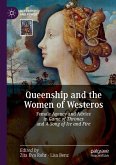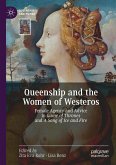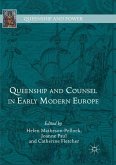This book explores an alternate history of the power and agency of 30 Hungarian queens over 400 years by a rigorous examination of the material culture connected with their lives. By researching the objects, images, and spaces, it demonstrates how these women expressed and displayed their power. Queens used material culture and space not only to demonstrate their own power to a wide, international audience, but also to consolidate their own position when it was weakened by external circumstances. Both the public and private image of the queen factors significantly in understanding in her own role at the strongly centralized Hungarian court, and, moreover, how her position and person strengthened and complemented that of the king.








